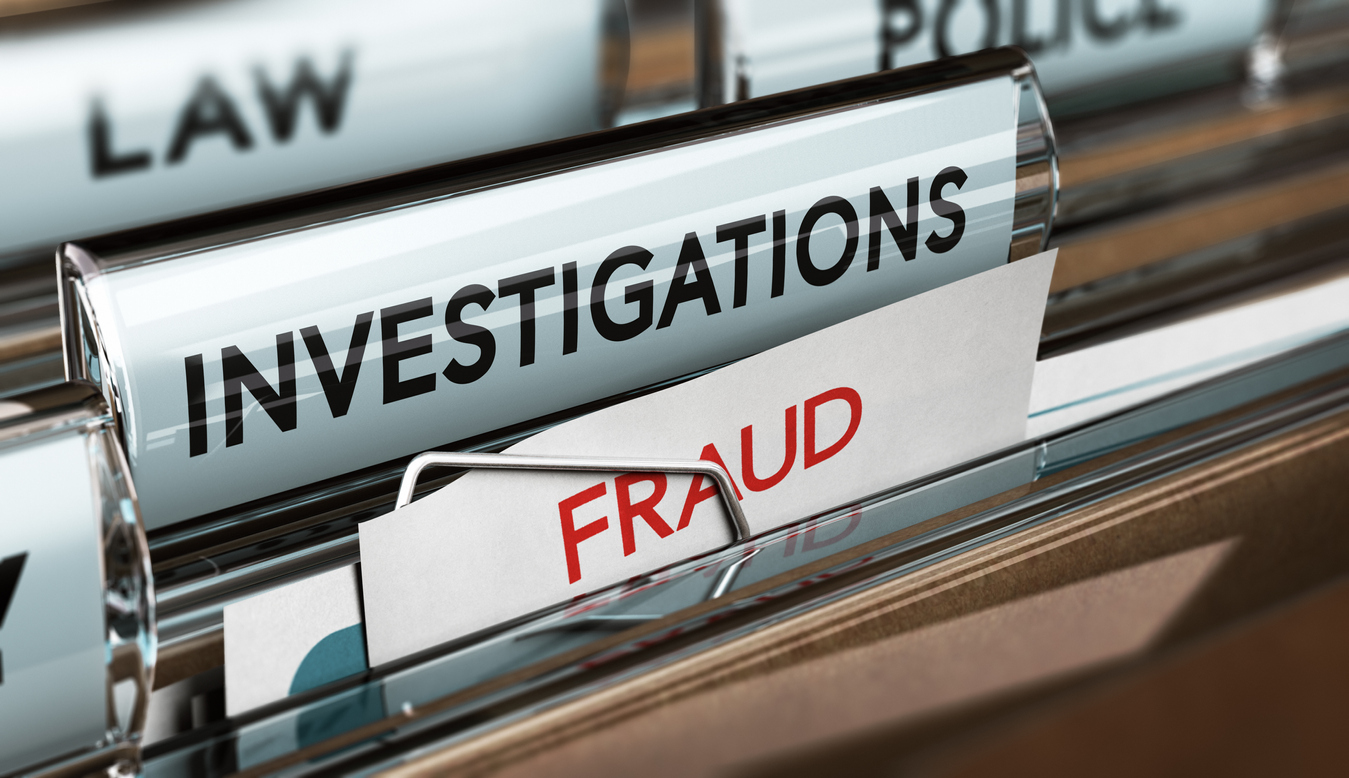Behavioral Red Flags that Could Indicate Internal Fraud

No matter how big or small your company is or what industry you belong to, you aren’t exempt from fraud from within your ranks. In fact, private and small businesses are more likely to be victimized than large-scale companies, government agencies, and non-profit organizations. This is why companies need the coverage that MD D&O Insurance provides.
Here are some facts about corporate fraud as detailed in the 2020 Report to the Nations published by the Association of Certified Fraud Examiners (ACFE):
- Corruption was the most prevalent scheme in companies all over the world.
- Men were more likely to commit fraud than women and at a higher cost. Of all the reported cases of occupational fraud, 72% were committed by men.
- Only 20% of occupational fraud cases were committed by owners and company executives. However, these typically resulted in the biggest losses.
- The four departments where occupational fraud commonly occurred were: operations (15%), accounting (14%), executive management (12%), and sales (11%).
- One of three cases of fraud occurred due to the absence of internal controls.
These findings indicate the need for businesses to develop strategies to prevent fraud and reduce the damage they cause.
Six red flags that could indicate internal fraud
As a business owner, you have a responsibility that goes beyond merely generating profits for the company. Part of your role also involves preventing loss and damage caused by threats to the company.
As with most corporate crimes, prevention is often preferable to a cure. Preventive action could go a long way in reducing the damage to a company caused by fraud and possibly even prevent these incidents from occurring in the first place.
The good news is that there are many ways by which you could prevent fraud. One of the simplest and most effective strategies is to observe your employees closely.
Studies of fraud cases have shown that those who commit such crimes often exhibit identifiable patterns of behavior. Some of these are associated with their lifestyles or relationships, but fraud indicators could be apparent in other aspects of their personal and professional lives.
Below are six behavioral red flags that would-be perpetrators commonly exhibit:
- They live beyond their means. The ACFE report reveals that about 4% of fraudsters live beyond their means. Pay attention to sudden changes in your employees’ lifestyles, which could require them to seek out other financial means to support their newfound ‘status.’
- They constantly experience financial difficulties. Conversely, prolonged periods of financial difficulty could compel some people to commit fraud. According to the ACFE report, as many as 26% of those who commit fraud do so because of financial problems.
- They have suspicious or unusually close relationships with merchants or clients. The ACFE also found that 19% of perpetrators have close ties with dealers or clients. Although professional interaction is a normal and necessary part of business, unusually close relationships could indicate criminal activities.
- They are resistant to sharing control. Many employees conceal fraudulent activity by refusing to work with others on business deals or client relationships. In addition, they may refuse to train other workers to handle transactions they usually perform or hesitate to take vacation leaves due to fear of being discovered while away.
- They constantly have family problems. According to the ACFE report, 12% of fraudsters were divorced or have other types of family problems. These personal issues often place individuals under considerable pressure and possibly push them to commit crimes such as fraud.
- They are extremely self-centered or egotistical. Some fraudsters may exhibit signs of extreme egotism. Individuals who are convinced they are better than others may think that they deserve more than they are getting from the company. Consequently, they may be driven to commit fraud.
Of course, these signs don’t necessarily indicate a predisposition to fraud or that criminal actions have already been committed. But, even so, they could suggest that the individual is more likely to commit fraud than other company employees.
Apart from observing employees, you could also be made aware of potential or ongoing fraudulent activity via the following:
- Tips from other employees
- Management reports
- Document reviews
- Internal and external audits
- Reconciliations
It might also be beneficial to implement an anti-fraud prevention program in your company. Doing so will help reinforce the idea that you take fraud threats seriously.
The importance of implementing preventive measures cannot be overstated. However, it is just as important to prepare recovery and mitigation strategies to minimize the damage caused by fraud. With a safety net in place, you could hopefully reduce your losses and resume normal operations much sooner.
About Moody Insurance Worldwide
Moody Insurance Worldwide, a division of Moody & Associates founded in 1914, is a leading provider of risk management programs and insurance coverage to individuals and businesses across the East Coast. We write all companies with technical expertise in many key industry areas and provide personal insurance programs for estates and high net worth individuals. Our licensed, experienced commercial account managers can work with you to determine the coverage that you need at a competitive rate. Contact us today at (855) 868-0170 to learn more about what we can do for you.


